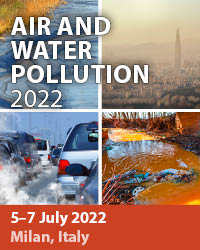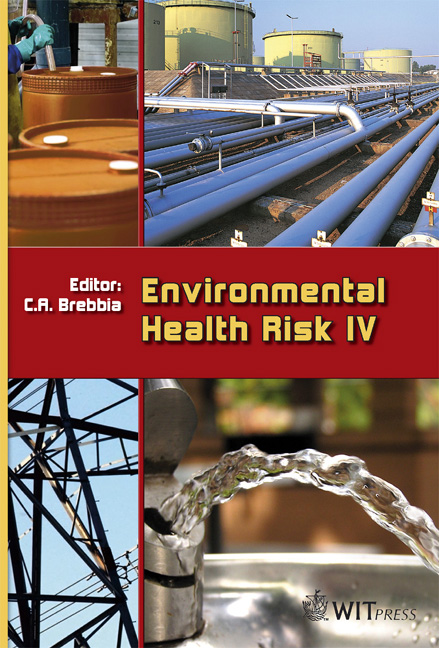Evaluating Safety Of Drinking Water Using Animal Cell Bioassays
Price
Free (open access)
Transaction
Volume
11
Pages
10
Published
2007
Size
969 kb
Paper DOI
10.2495/EHR070141
Copyright
WIT Press
Author(s)
G. K. Luk
Abstract
Disinfection byproducts (DBPs) such as trihalomethanes (THMs), haloacetic acids (HAAs), 3-chloro-4-(dichloromethyl)-5-hydroxyl-2(5H)-furanone (MX) and other hazardous compounds are produced by chlorination of raw water in the water treatment plants. Most chlorinated by-products are formed by the interaction of chlorine and natural organic matter (NOM) such as fulvic and humic acids, which are present in most surface waters. Many of these byproducts are suspected to be mutagenic or carcinogenic in nature. The objective of the paper is to demonstrate the effectiveness of bioassay-directed research in evaluating the safety of chlorinated drinking water, and to investigate the effect of pH on the genotoxicity of chlorinated sample water. Keywords: disinfection byproducts, chlorination, drinking water, bioassays. 1 Introduction Although water disinfection has been quite successful in eliminating many acute waterborne diseases in the developed world, many potential health hazards related to disinfection by-products (DBPs) have been reported [1, 2]. Epidemiological studies demonstrate that many potential health risks such as cancers of the stomach, pancreas, kidney, bladder, and rectum, as well as Hodgkin’s and non-Hodgkin’s lymphoma have been linked to exposure to DBPs [3]. DBPs such as trihalomethanes (THMs), haloacetic acids (HAAs), 3- chloro-4-(dichloromethyl)-5-hydroxyl-2(5H)-furanone (MX) and other hazardous compounds are produced by chlorination and other disinfection methods of raw water in the water treatment plants. Most chlorinated byproducts are formed by the interaction of chlorine and natural organic matter
Keywords
disinfection byproducts, chlorination, drinking water, bioassays.





